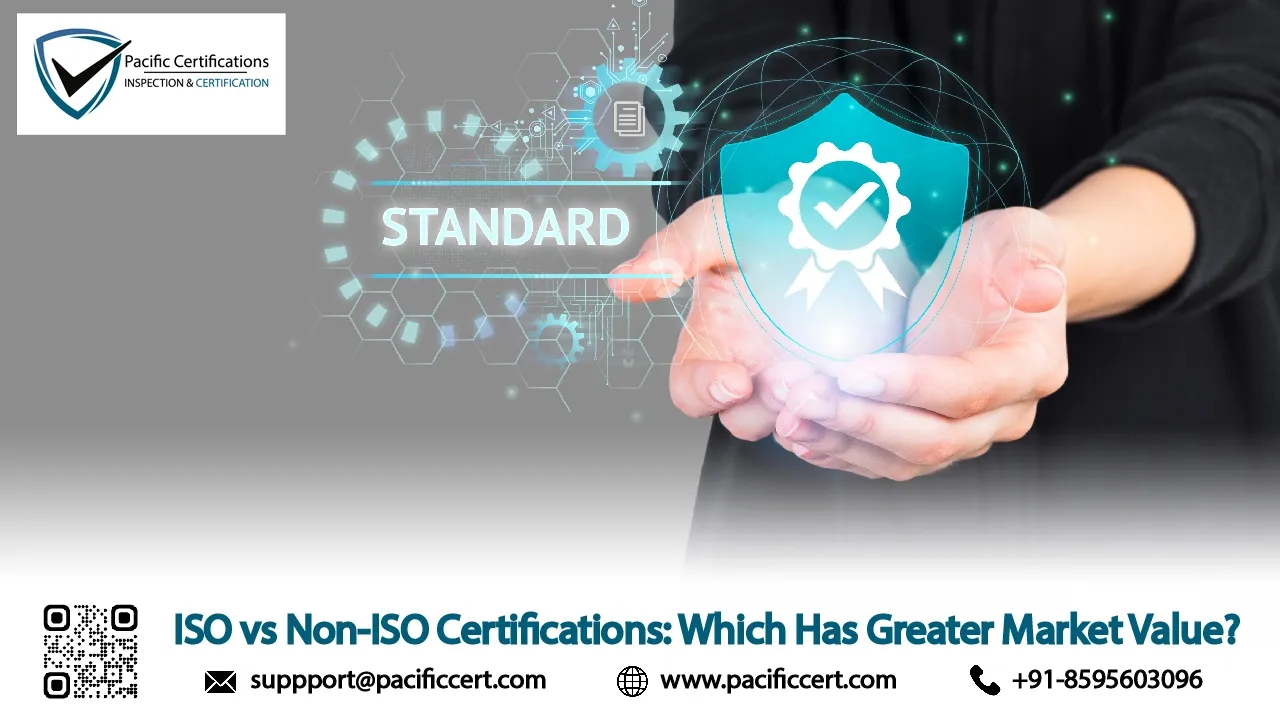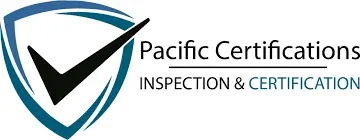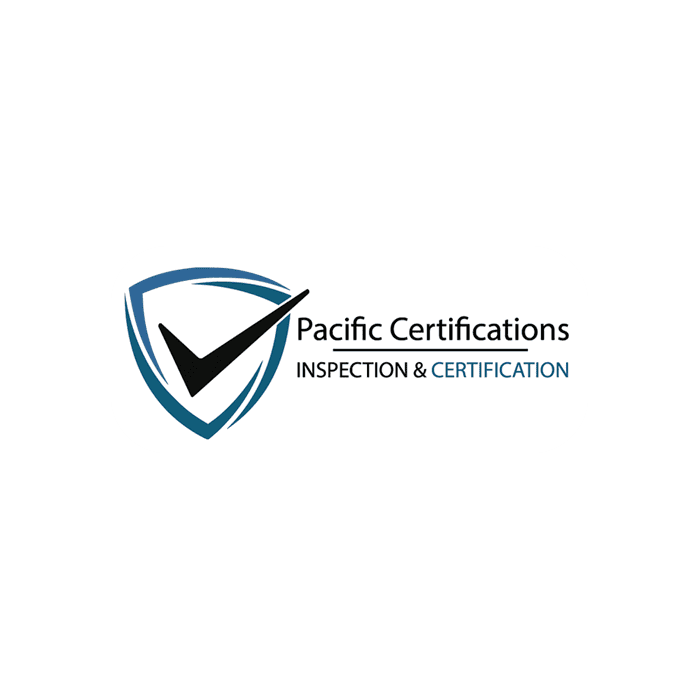ISO vs Non-ISO Certifications: Which Has Greater Market Value?

Choosing between ISO and non-ISO certifications is a decision that affects how buyers, regulators and partners view your institution. ISO certifications are recognised worldwide and follow audited frameworks that build confidence across borders. Non-ISO certifications can still be valuable when they address niche needs or local regulations, but their market reach and acceptance can vary. The right path depends on your sector, client expectations and the evidence you must provide in tenders and supplier onboarding.
Schedule a 15-minute call with an auditor at Pacific Certifications to map your certification pathway!
Quick summary
"ISO certifications hold higher market value when institutions need international recognition, supplier approval, or evidence for regulated contracts. Non-ISO certifications can be useful for niche capabilities or local schemes, but they may not carry the same weight across borders or large supply chains. Most institutions blend both, ISO for global assurance, select non-ISO credentials for industry specifics."
Introduction
Market value comes from trust. Buyers want confidence that services and products meet known benchmarks and can be verified. ISO certifications provide that assurance through accredited audits, clear governance and a cycle of surveillance and recertification. Non-ISO certifications range from respected industry programs to short courses or badges. Some are well-regarded, others are limited in scope or recognition. Understanding which evidence your clients require is the first step to choosing the right mix.
Why the choice matters for your institution?
Certification affects access to contracts, supplier listings and international partnerships. ISO certifications such as ISO 9001, ISO/IEC 27001, ISO 14001, ISO 45001 and ISO 22301 appear in many RFQs and compliance questionnaires. They reduce buyer risk because the audit process is standardised and repeatable across countries.
Non-ISO certifications may still carry weight when they target a narrow requirement, for example a sector scheme, a cloud security attestation, or a regional safety card. The key question is market expectation, if buyers ask for ISO in the baseline and a non-ISO credential as an add-on, ISO becomes the gateway while the niche credential becomes a differentiator.
What are the requirements when choosing ISO vs non-ISO certifications?
Before you choose, set up a simple decision framework so your certification spend supports real outcomes.

1. Identify buyer requirements in tenders and supplier portals. Note exact standards and audit evidence requested.
2. Define scope for certification by services, locations, or departments to avoid wasted effort.
3. Review regulations in the regions where you operate or plan to expand.
4. Map risks for quality, safety, security, environment, or continuity, then link them to relevant standards.
5. Compare recognition of candidate certifications across your target markets.
6. Check audit depth, third-party accredited audit vs self-attestation or vendor claim.
7. Assess cost and upkeep including surveillance, staff time and tool support.
8. Plan integration with current systems to avoid duplication of controls and records.
9. Confirm KPIs and SLAs you will report to buyers, such as uptime, defect rates, or incident closure time.
10. Set a renewal plan for surveillance and recertification to keep listings active.
How to prepare once you’ve selected the certification path?
- Run a gap analysis against the chosen standard or scheme.
- Develop policies and procedures that align with the evidence buyers will request.
- Train staff on roles, records and audit interviews.
- Build documentation for scope, controls and monitoring dashboards.
- Implement controls tied to KPIs and SLAs, for example uptime or quality yields.
- Conduct internal audits and fix findings before the external assessment.
- Engage leadership to approve scope, targets and resources.
Certification audit
Stage 1 audit: Reviews documented policies, scope, risk assessments and readiness.
Stage 2 audit: Evaluates implementation across services, facilities and supporting processes.
Nonconformities: Must be corrected with documented evidence before certification approval.
Management review: Confirms leadership oversight of objectives, risks and performance.
Final certification: Awarded after all compliance gaps are resolved.
Surveillance audits: Conducted annually to verify ongoing conformity.
Recertification audits: Required every three years to maintain market validity.
What are the benefits of ISO vs non-ISO certifications?
ISO provides broad recognition that shortens vendor risk reviews and supports entry into regulated or global supply chains. It also gives a repeatable audit trail buyers trust. Non-ISO certifications can prove capability in a focused domain or region and may be quicker to achieve. Many institutions use ISO as the core, then add non-ISO credentials where clients ask for extra proof. The main benefits include:

- Higher buyer confidence for ISO due to accredited audits and global acceptance
- Market access where ISO is listed as a prerequisite in tenders
- Lower due-diligence friction because ISO maps to common risk questionnaires
- Targeted credibility from non-ISO schemes in niche sectors or regions
- Measurable results via KPIs such as defect rates, uptime, incident closure times and SLA compliance
- Better renewal discipline through surveillance and recertification cycles
Recent trends in 2025
Institutions are aligning certification portfolios to customer demands rather than collecting badges. ISO remains the anchor for global assurance, while non-ISO credentials are selected when a buyer or regulator names them explicitly. Growth areas include ISO/IEC 42001 for AI governance, ISO/IEC 27001 for cybersecurity, ISO 14001 and ISO 50001 for environmental and energy performance and ISO 22301 for continuity. Many institutions now publish KPI dashboards, uptime percentages, emissions intensity, audit closure time, to link certifications with real outcomes and include SLA terms that mirror ISO control objectives in supplier contracts.
Contact us
Pacific Certifications helps institutions choose and audit the right mix of ISO and recognised non-ISO certifications. We map buyer requirements, set scope and prepare you for successful audits.
Request your ISO audit plan and fee estimate, we will help you map Stage-1/Stage-2 timelines and evidence requirements for your institution. Contact us at [email protected] or visit www.pacificcert.com.
Ready to get ISO certified?
Contact Pacific Certifications to begin your certification journey today!
Suggested Certifications –
Read more: Pacific Blogs

Author: Alina Ansari
